Last weekend, Nintendo released a hands-on demo for Splatoon 2, the upcoming sequel to its innovative team-based shooter. The demo allowed players the chance to try out a handful of weapons and stages to test the game’s servers before it launches this summer. The first Splatoon flirted with the idea of being an esport, and we wanted to see if its sequel stood a chance of breaking through.
In the game, you play as squid-human hybrids that shoot ink. The main objective is to take over as much of the map as possible, and the team that controls the largest percentage of the map after a set-time wins. You take over the map with the ink you shoot from weapons and you can overlap enemy players ink to dominate space. If you step into enemy controlled areas, your movements will be slowed down, making you a prime target for your opponents.
The game will support both motion controls and standard analogue controls, but the lack of options made it harder to clamp down on the possibilities of an esports-driven future.
Past this gripe, the game plays very well. Everything feels fluid and none of the four current weapons in the hands-on demo felt overpowered. The weapons have their strengths and weakness and the game is very easy to pick up and jump into.
These weapons included the “splattershot” a typical assault rifle variant weapon, the “splat roller” a melee weapon, the “splatcharger,” the game’s version of a short-range sniper rifle, and a new weapon, the “splat dualies,” which are two short ranged SMG-like weapons that burst enemies down up close.
The game felt like an update, a true sequel. From the small segment offered to players, Nintendo showcased the same frantic action players know and love but improved in every aspect. New items, new weapons, new abilities ranging from a jetpack boost that flies you in the air to pick off targets from afar to old weapons gaining new mechanics, like the splat roller, which now allows you to fire a projectile spray in front of you instead of being a sitting duck.
Nintendo has been building hype around the game since its reveal with the Nintendo Switch console in October 2016. Nintendo teased a potential esports future for Splatoon in its release video for the game, showing a large stadium full of people watching Splatoon pros.
This obviously suggests that Nintendo will be looking for an esports-centric future with the Nintendo Switch and Splatoon 2. But will the game be capable of producing high intensity matches that can create an avid following of time?
The original Splatoon had a few forays into esports, but nothing really ever stuck, including Gfinity’s Great British Splat-Off! In July 2016. ESL also recently announced the European Grand Finals that will run on April 1.
Nintendo is clearly aiming for an esports future. But will it succeed? That’s impossible to predict. The history of esports is littered with titles with high competitive hopes that simply never materialized. For example, Team Liquid signed the first ever pro Civilization VI player back in October 2016, but the scene around it never materialized.
A game should never be made with esports in mind. Make a good game with a good competitive mode and the audience will come. But don’t build your game expecting an esport to follow. Perhaps Splatoon 2 isn’t destined for esports greatness on a larger scale. Perhaps it only gains a cult following and becomes an in-house niche similar to the Pokémon franchise.
For Splatoon 2 to become a viable competitive game in the future, Nintendo will need to update it far more frequently and offer tools the original game did not, such as a custom game mode option, and custom rules. The company says it will release a spectator mode for the game that will allow casters and other players to watch matches and record or stream competitive play online—similar to the League of Legends spectator mode.
Additions like these will help ensure Splatoon’s esports future.
Correction 3/30 11:33am CT: Nintendo has announced plans for a spectator mode for the game.



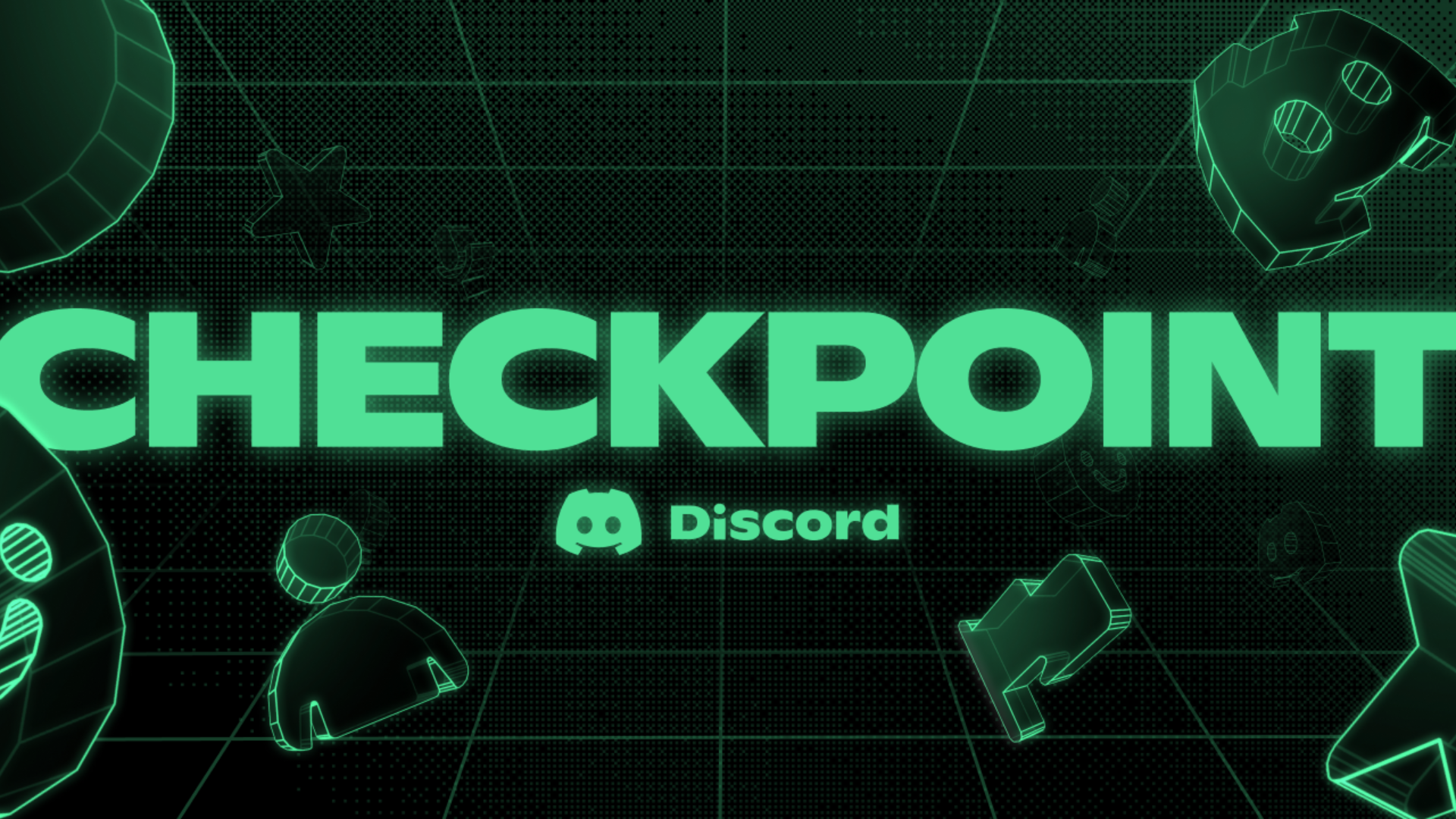

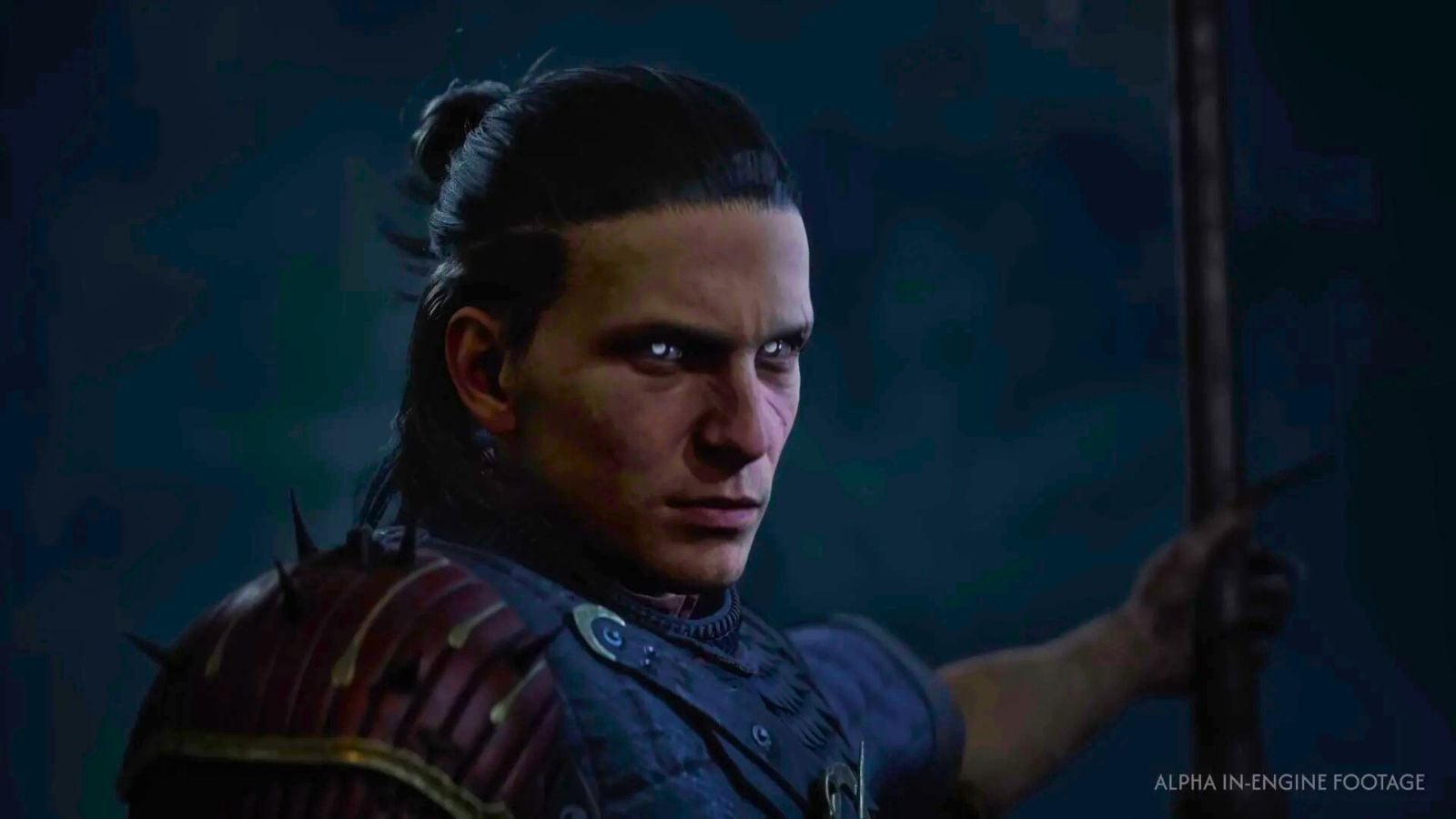
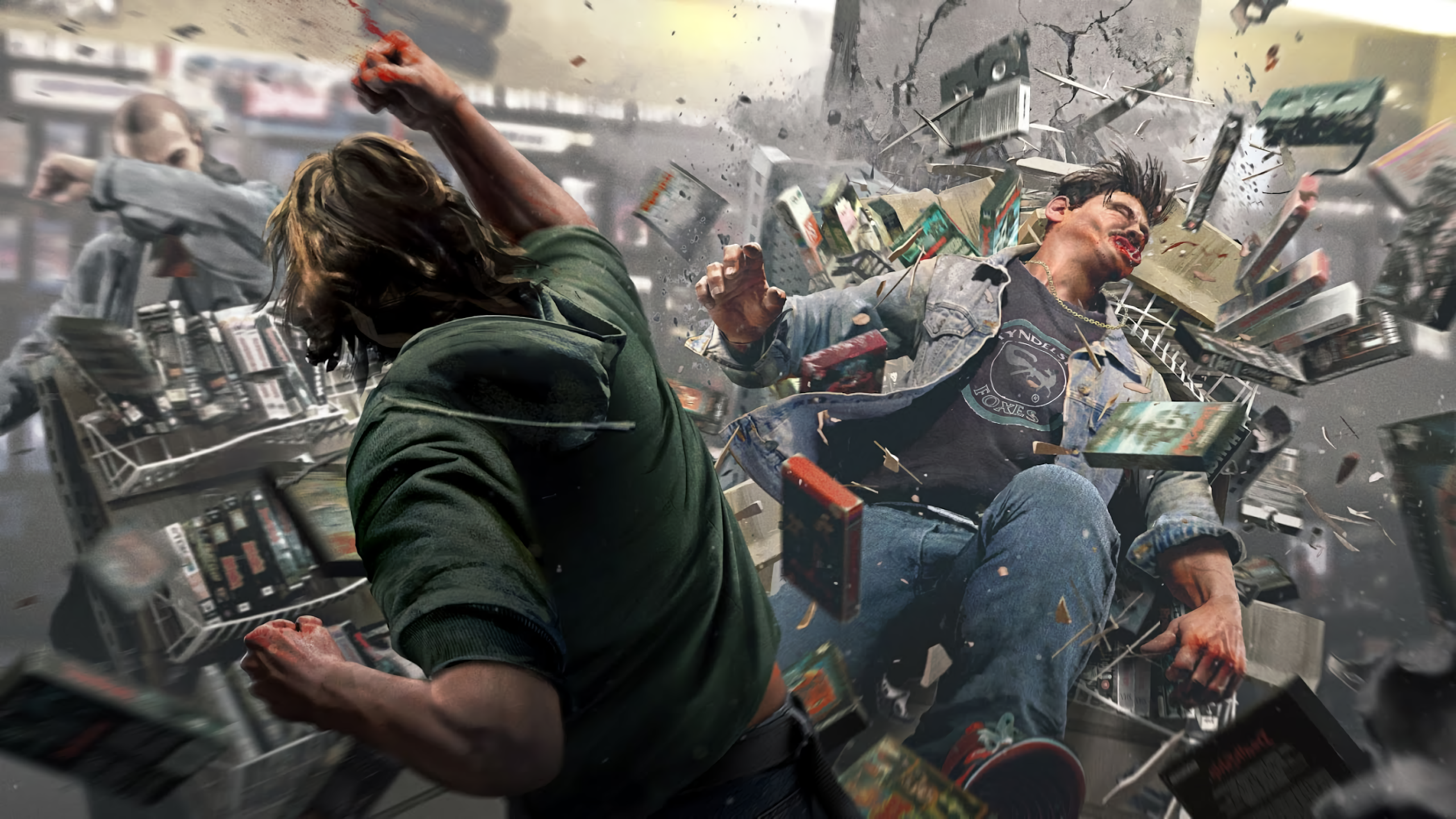
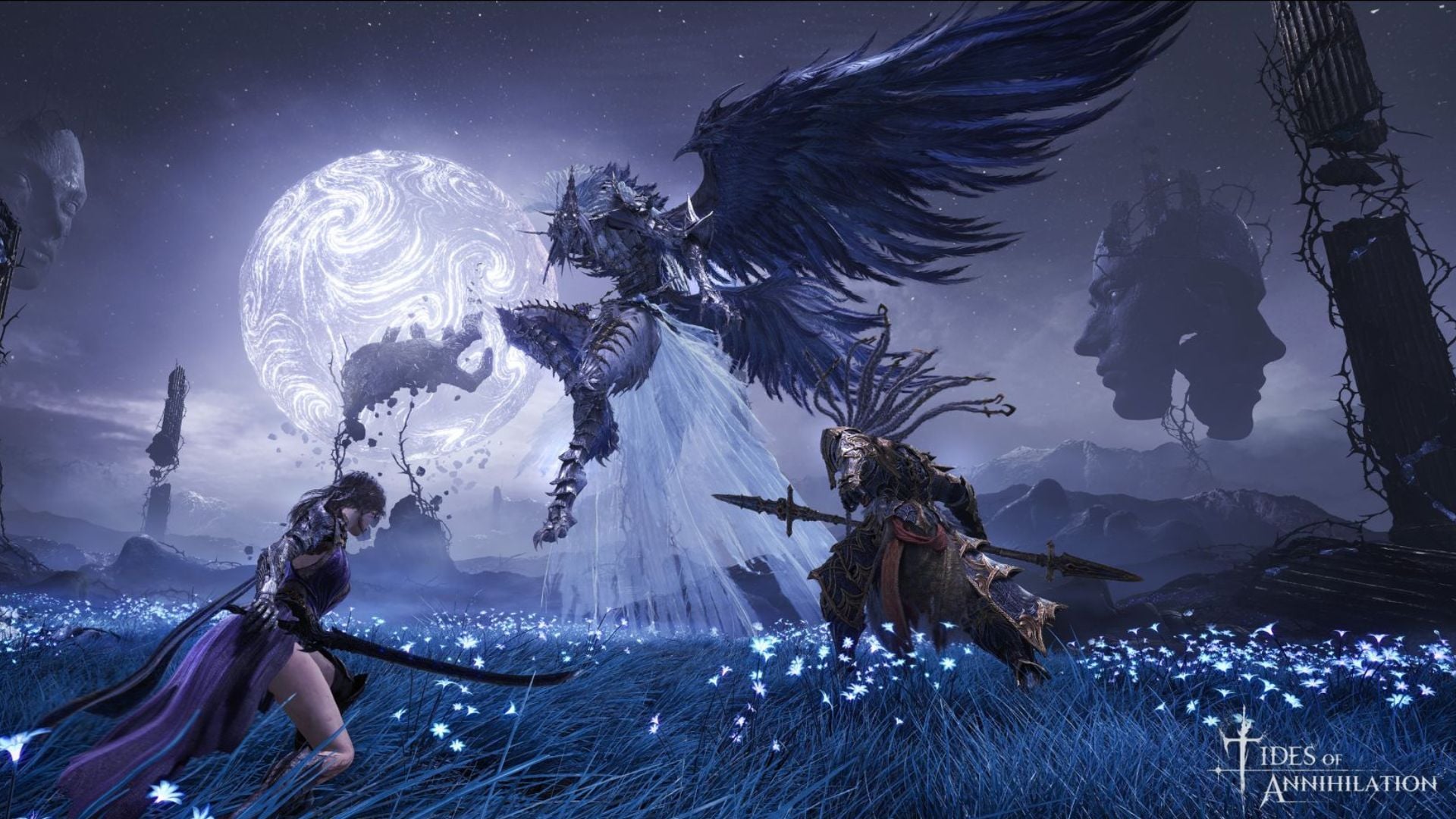
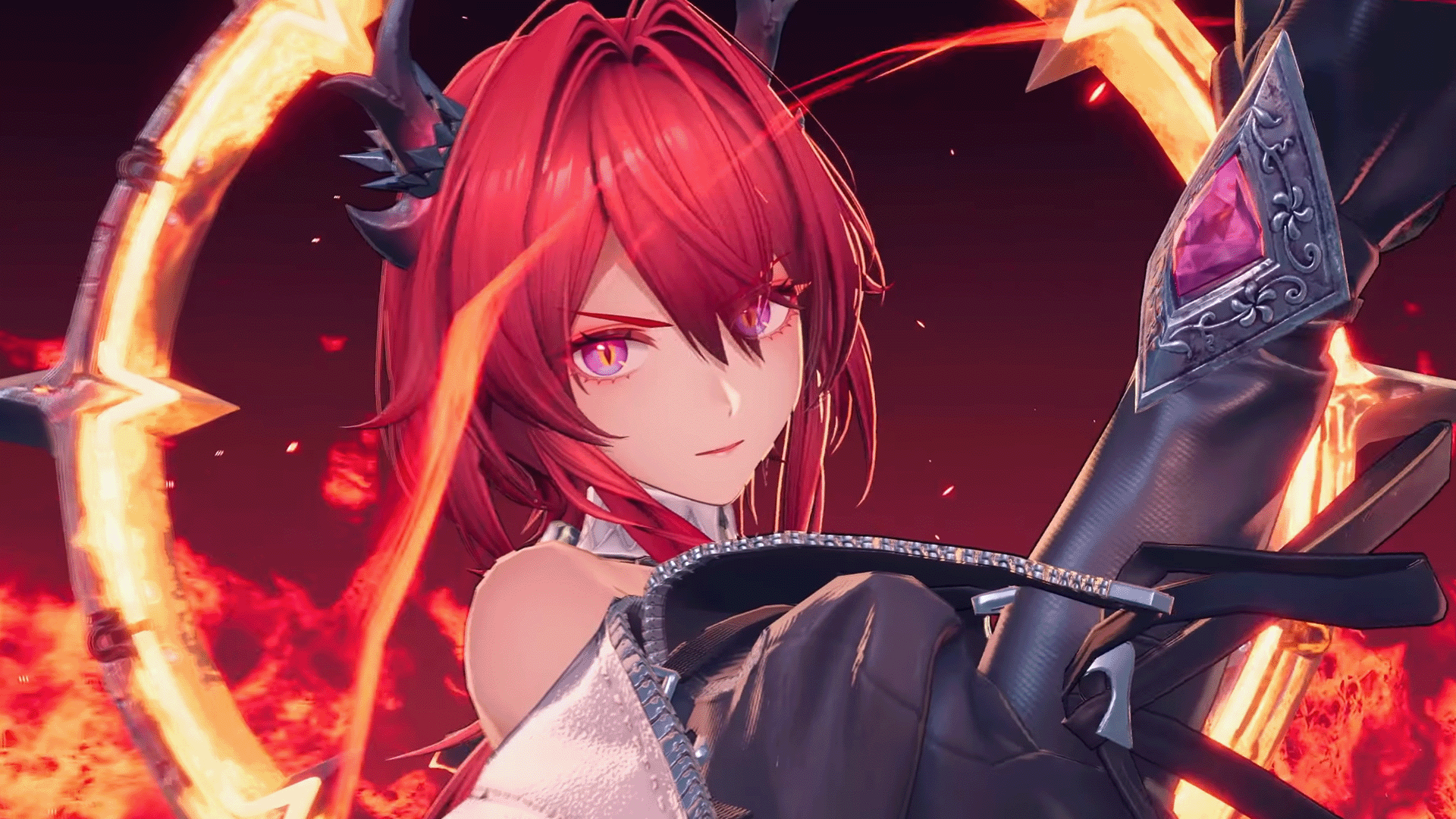


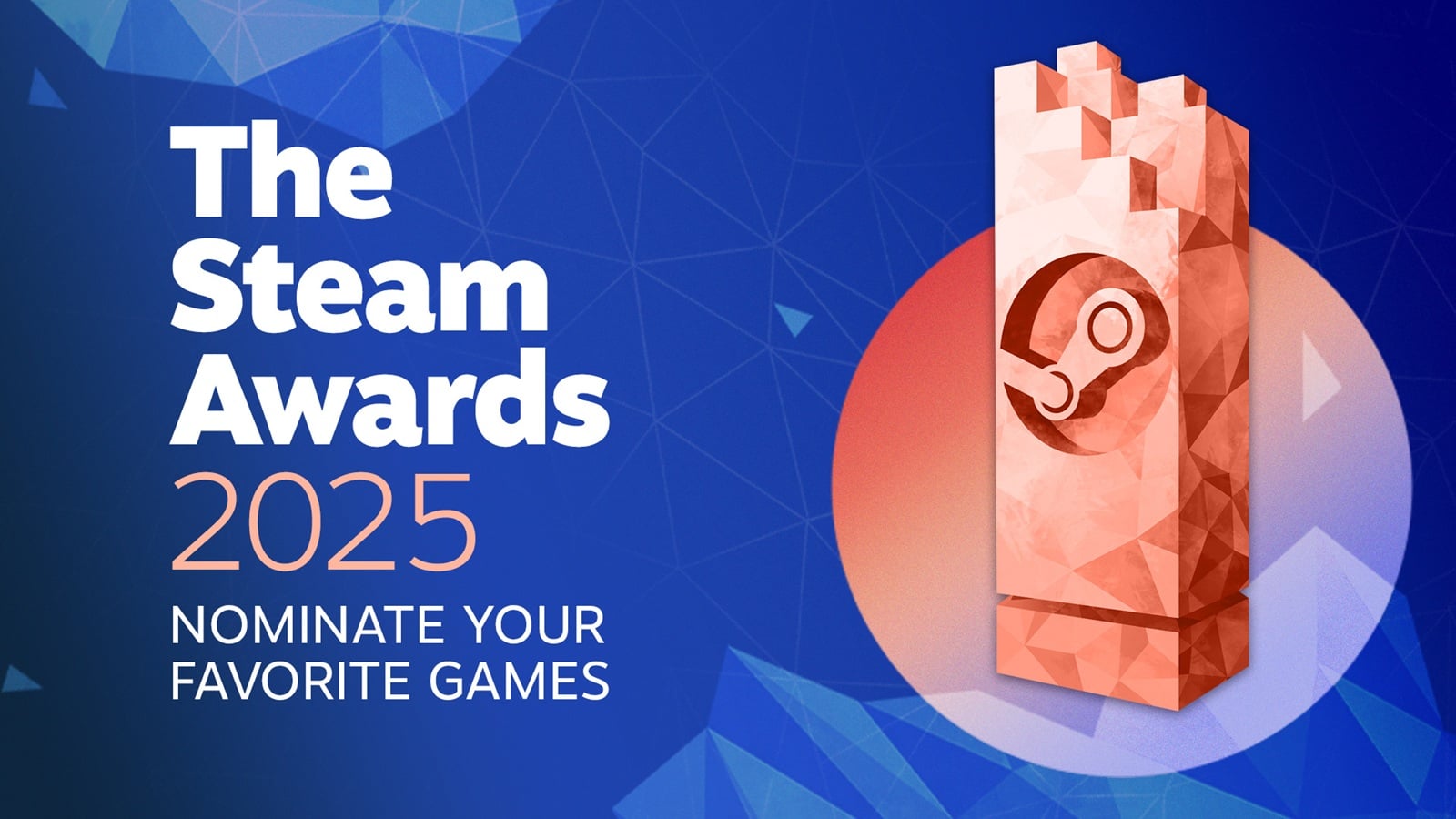
Published: Mar 30, 2017 08:28 am